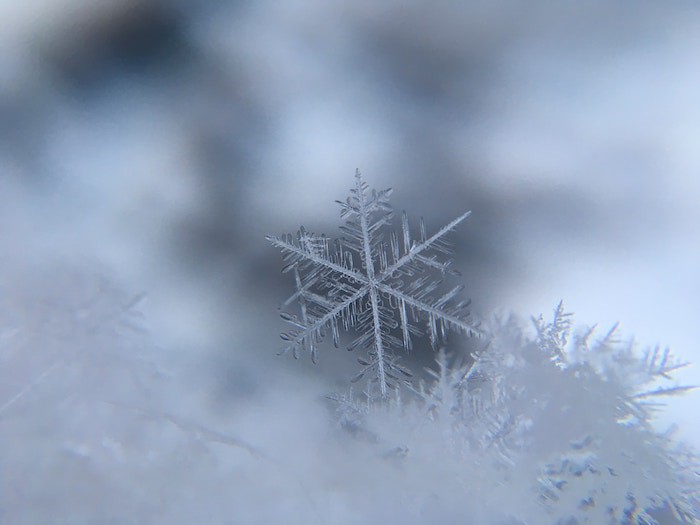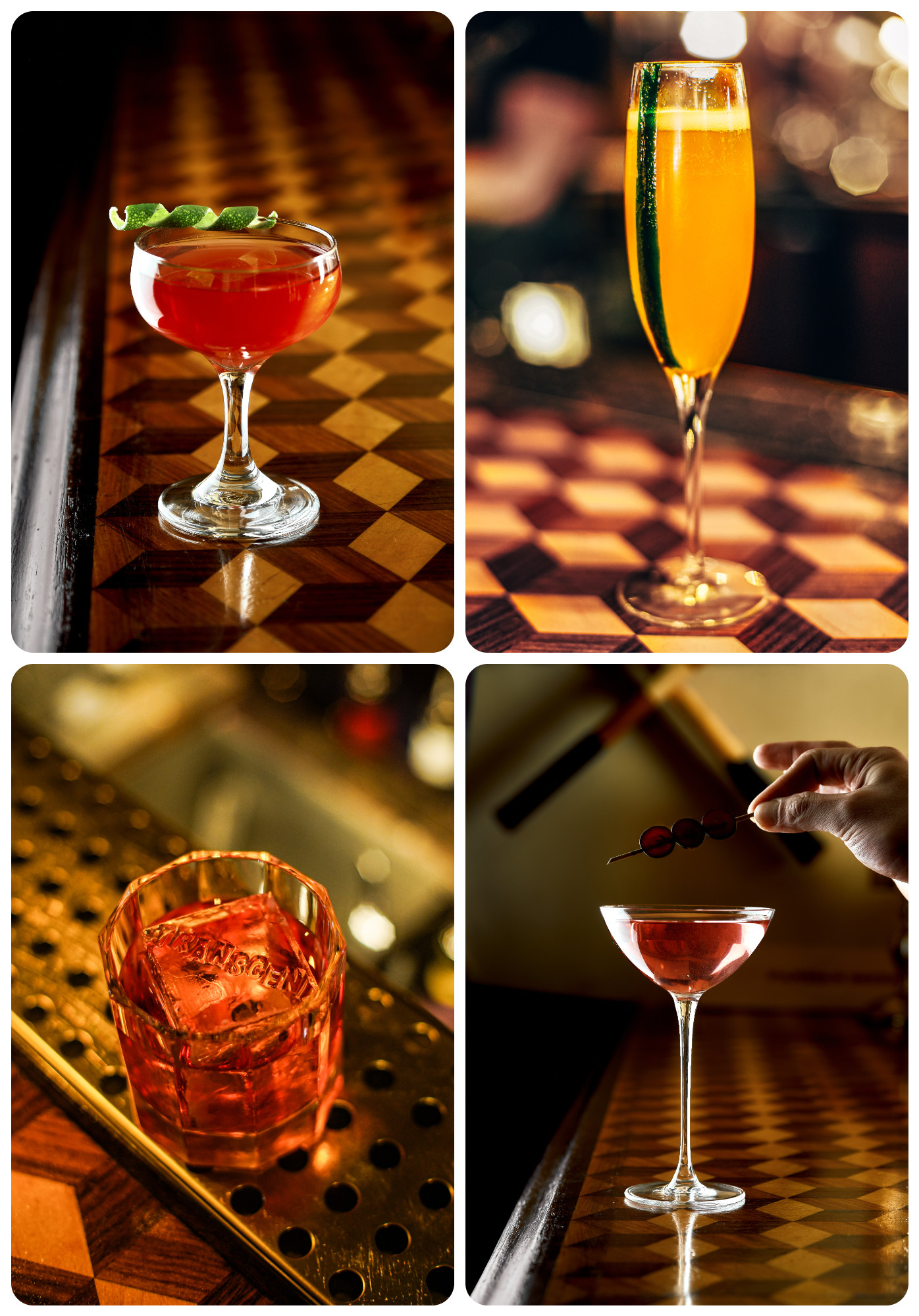
Bartenders are used to using heat to intensify flavour, but what about sub-zero temperatures? Iain McPherson of Panda & Sons explains how it all works.
Our new Transcend cocktail menu at Panda & Sons brings with it an innovative concept. Each chapter shines a spotlight on a different freezing technique, either invented or evolved to enrich flavour. So let me take you through our four processes, showcasing one of our cocktails from each chapter.
Sous pression
What is sous pression? Imagine if sous vide was created in an alternative reality. By containing and harnessing the force generated during the freezing process of a liquid in stainless steel kegs, this makes the alcohol force out the flavour in fruits and herbs etc, just like a chamber vacuum would do. During the freezing process the molecules separate and combine again once defrosted, thus marrying the flavour molecules together. The freezing also softens the alcohol. So you can see this second part has a similar goal to how a water bath impacts flavour.
For our cocktail Sability (Bombay Sapphire Premier Cru gin, fino sherry, Lustau blanco vermouth, Sable grape, Maraschino liqueur / pictured bottom right) we use the sous pression technique to achieve a very elegant flavour profile from the Sable grape. It marries beautifully with the fino and vermouth and brings that level of sweetness the cocktail was missing initially. We also get a beautiful colour from the grape skin during the process. You could also use this technique to add flavour from any fresh produce.
You don’t need to batch complete cocktails if you don’t want too. If you want to just do a straightforward infusion with a vermouth, for example, this technique works very well for this approach too. Pre-diluting the cocktail is also fine and will enable you to use conventional freezers for pretty much all cocktails that you want to use this technique with.
Freeze drying
Back in the day, freeze drying was limited to astronauts. Now Panda & Sons is the first bar to use a freeze dryer within its drinks programme. Using lyophilization, a process in which water is removed from a product after it is frozen and placed under a vacuum, allowing the ice to change directly from solid to vapour without passing through a liquid phase. You can extract 99% of the water from products, which allows you to store anything for up to 30 years. You also keep the cell structure intact, as it’s not been cooked, which means you can rehydrate freeze dried products. Freeze drying in our eyes is the more sophisticated cousin to the dehydrator. It also helps us minimise waste and break down the limited availability of seasonal products.
Our initial use of our freeze dryer was primarily for garnishes, but for the Seville Negroni (Height of Arrows Heavy gin, Campari, bitter orange, sweet vermouth / pictured bottom left) we showcase how freeze-dried goods can be used for infusions. We freeze dry the mandarins and vacuum blend them with the gin. By using freeze-dried produce we can still infuse its fresh flavour, but without the dilution a fresh mandarin would bring to the drink.
Other uses for freeze drying are making delicious rims for cocktail glasses or lovely aesthetic powder on the side of the glass.

Switching
We first released switching back in 2019. We use our ultra-low freezer to achieve the freezing point of the spirit. The spirits are put in these freezers within insulated cool boxes with the lids off, to encourage directional freezing. Once the spirit is partially frozen, we take out a large quantity of the frozen water and switch it with another flavour and, in some cases, textured liquid (like coconut milk).
Our Cosmos cocktail (Haku vodka, cranberry, dry curaçao, lime, bitters / pictured top left) is our take on the Cosmopolitan. We use our switching technique on the Haku vodka and switch in a freeze concentrated cranberry juice in place of some of the water. By doing so we under-dilute the cocktail, thus giving us more time to chill down the drink to a colder temperature without over diluting it, resulting in a more flavourful and colder cocktail. We have also used switching to imitate barrel finishing or to emphasise one of the existing flavour profiles within a spirit. For example, switching whisky water for sherry water.
Cryo-concentration
Cryo-concentration is also known as freeze concentration or, in some cases, freeze distillation. This is where you freeze water from any liquid to increase the ratio of the other elements, like flavour, acids and sugars. It was the first historic freezing technique we researched in great detail. We are still finding more uses for it to this day. One thing we love to do at Panda & Sons is use it for what we call “freeze ripening”. This helps us overcome the times of the year when the quality of produce isn’t the best or, when locally, the produce is out of season. By cryo-concentrating it, we can reduce the water content and increase the flavour, acids and sugar levels, basically mimicking the process of ripening.
For Girvana (Hendrick’s gin, peach, jasmine, absinthe, champagne / pictured top right), we first blend the peach and jasmine together and, in an insulated cool box (with the lid left off), we add to our freezer, but at a high freezer temperature of 10°c. We repeat this process twice, much like the traditional method of jacking for Applejack back in the day. After a couple of cycles of cryo-concentration the peach is super juicy.
We have also used the cryo-concentration technique to create amaros from vermouths.


